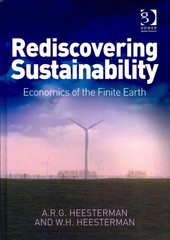Question 2 Analyzing Real Data (50 points) This question is designed to get you looking at real data and to relate it to the concepts and theories discussed in class. Accompanying this assignment is an excel sheet containing trade and value-added data for a number of countries. a) You must first select the two countries you would like to discuss. Note that because we examined China and the USA in class, you must select at least one country that is not China or the USA. Instead pick select the USA and the Philippines; or China and India or you can choose to discuss the USA, China and a third country or two entirely different countries. What are your countries? Using the data from the excel file answer the following questions: b) In topic 2 we spoke about the revealed comparative advantage index (or Balassa index) used to look at which products a country export's most intensely. Using the data provided, calculate the Balassa indexes for US and China exports by commodity using the following formula: X 17/ X i WM Where - Xij are the exports of commodity j by country i leg, for USA and China, i includes the USA and China) - Xi are total exports of country i - Mj are the world imports/exports of commodity j - M are world imports/exports c) Which commodities do each of your countries export most intensely (i.e., more than the average country list top 10)? Based on these lists, do you see any opportunities for these countries to trade? Country 1 Balassa Country 2 Balassa d) Do the countries you are looking at have any trade-related agreements or belong to a common agreement? Do both your countries belong to the WTO? What does this mean for their trading relations (what agreement governs trade between them)? e) Ricardo's theory of comparative advantage relates trade to relative productivity. The excel file provides information on value added which can be used to look at productivity. i. Calculate the relative productivity per worker by sector (j): Relproductivity, = (VACTRY 1,j/ LCTRY 1,j) (VACTRY 2,j / LCTRY 2,j) Where: VAjj is value-added in production of commodity j by country i (where i is country or 2) Lij is the number of workers employed in the production of commodity j by country i (where i is country 1 or 2) ii. Calculate relative exports by commodity for country 1 and 2: XCTRY 1,j Relexports; = XCTRY 2,j iii. Calculate the correlation coefficient between the two vectors. Are productivity and trade related? What conclusions can you draw from the data about the countries' absolute and comparative advantages








